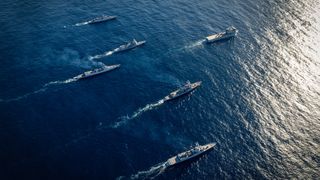While most analysts agree the Indo-Pacific is trending towards multipolarity, there is little consensus on the kinds of multipolar order that might emerge. An informed understanding of the likely configuration and nature of different Indo-Pacific futures is critical for Australia’s ability to make long-term security, defence, and international policy decisions. Indeed, given current trends in the regional balance of power, Australia and like-minded nations must pursue collective approaches to regional order. Yet, the Indo-Pacific is not equipped for collective defence arrangements politically, institutionally or militarily, nor are regional views on the requirements for or necessity of such arrangements necessarily uniform.
To address these questions, the United States Studies Centre has stood up an integrated research initiative that examines issues at the intersection of regional multipolarity, alignment dynamics and collective defence. Through a range of research publications authored by experts from across the Indo-Pacific, this initiative explores plausible Indo-Pacific multipolar futures; how multipolarity impacts alignment dynamics, including across the US alliance network; and how Australia can advance a strategy of collective defence in a more multipolar region. This ongoing project endeavours to systematically analyse Australia’s evolving strategic landscape and to make informed policy recommendations for the wider Australian Government. Among the questions that animate this initiative are:
- How, and with whom, should Australia work to shape the Indo-Pacific’s fluid multipolar landscape to sustain a favourable strategic position amid growing change, uncertainty and geopolitical risks and opportunities?
- What are Australia’s international and Defence relations options in a multipolar world and more dynamic Indo-Pacific?
- What drives the nature of multipolarity in the Indo-Pacific and which futures are most in Australia’s interest? How can middle powers shape the trajectory of favourable defence and strategic trends?
- How will defence partnerships and alignments evolve under multipolar futures? Can Australia influence this process? What forms of engagement and timelines are best suited to different partners?
- Why is a strategy of collective regional defence necessary to secure Australia’s direct and indirect security interests? How should this strategy be advanced via military, international, geoeconomics, and industrial policy?
Publications
Dr Michael Green looks at what a future multipolar order in the Indo-Pacific might look like.
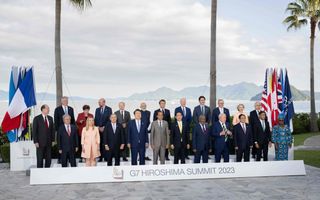
Dr Peter Lee considers the pivotal role that South Korea may play in the future of the Indo-Pacific.
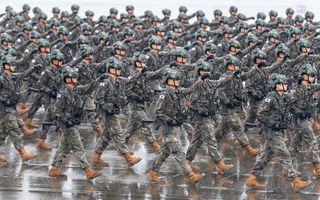
Becca Wasser argues that the end of US unipolarity has led to a new regional security architecture in the Indo-Pacific, but this architecture is not incongruous with US interests and objectives as set out in the 2022 National Defense Strategy.
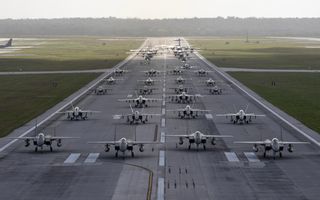
Dr Thomas Wilkins looks at Japan's strategy to ensure that it remains a significant player in what it views as an increasingly multipolar regional security order.
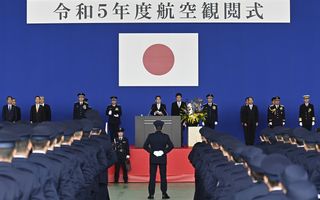
Dr Prakash Gopal explores the possibility of developing a collective deterrence and defence framework within the Quad to buttress Chinese aggression in the Indo-Pacific.

Dr Christopher J. Watterson evaluates the future of the Northeast Asian nuclear order and its implications for Australia.






